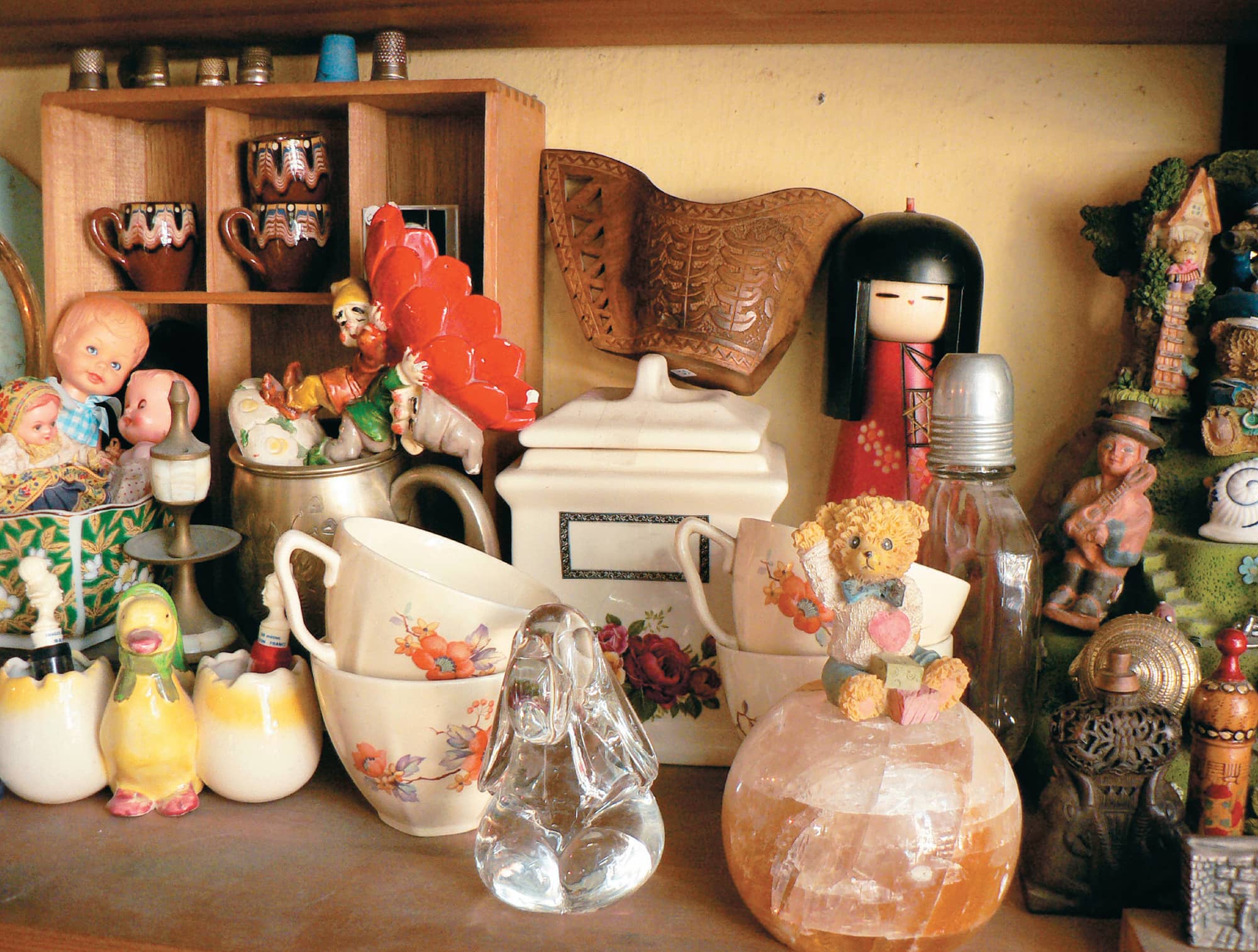RESEARCH METHOD
04 Artifact Analysis

A systematic examination of the material, aesthetic, and interactive qualities of objects contributes to an understanding of their physical, social, and cultural contexts.
The emphasis of artifact analysis is on the object itself. Artifact analysis asks: what do objects have to say about people and their culture, time, and place? The researcher is attempting to understand the substance of the object and what it says through its material, aesthetic, and interactive qualities.
Material analysis addresses the quantitative inventory of artifacts in the environment under study, and such defining characteristics as the material composition, durability, wear patterns, and disposability.
Aesthetic analysis includes a subjective visual assessment, but also aspects such as historical references, whether the artifact can be identified with a particular era, time, or place. The analysis here can also include the aesthetics of interaction, responding to qualities of experience associated with object use, and an emotional assessment if significant object meaning can be assumed or deciphered.
Interactive aspects of the analysis address the explicit characteristics of operational use and behaviors that the artifact affords, for example, functional or instrumental, mechanical or technological, simple or complex, immersive or multitasked, positive or negative. Interactive aspects should also consider social, shared, or collaborative intent, and whether there is evidence of misuse, adapted use, or adjustments, often suggesting design opportunities.
A final element of analysis should address the location of objects, including public or private, where they are stored, displayed, or carried, if they are part of a larger whole or system, and if they are owned, shared, or communal or corporate property.
All aspects of these interrelated qualities need not be addressed for every analysis, but rather a focused set should be established corresponding to the particular inquiry. A worksheet composed in advance for note taking will guide the researcher in documenting appropriately, and aid in summary and analysis. Visual documentation of artifacts through photographs, video, or sketches is essential.
An artifact analysis can be conducted in participant homes or workplaces, but can also be a useful tool for examining and comparing precedent and competitive products, or for studying specific aspects such as materials and manufacturing processes, colors, brands, or online presence. It can be an informative tool to help understand physical and digital objects.
Further Reading
Artifact analysis owes some of its history to the cultural inventory used in anthropology. See for example:
Collier, Jr., John, and Malcolm Collier. Visual Anthropology: Photography as a Research Method. Albuquerque, NM: University of New Mexico Press, 1986.
Objects may also be used as a means of analysis. For example, the method of “interaction relabeling” helps participants reinterpret the features of an existing product to suggest possibilities for new aesthetic interactions: mapping the elements of a board game, running shoe, or toy, for instance, with the functions of a digital appointment calendar, various parts representing elements and actions of an imagined system. See:
Djajadiningrat, J. P., W. W. Gaver, and J. W. Frens. “Interaction Relabelling and Extreme Characters: Methods for Exploring Aesthetic Interactions.” Proceedings of Designing Interactive Systems DIS ’00. New York: ACM: 66–71, 2000.

Artifact analysis is a systematic examination of the material, aesthetic, and interactive qualities of objects in context.
